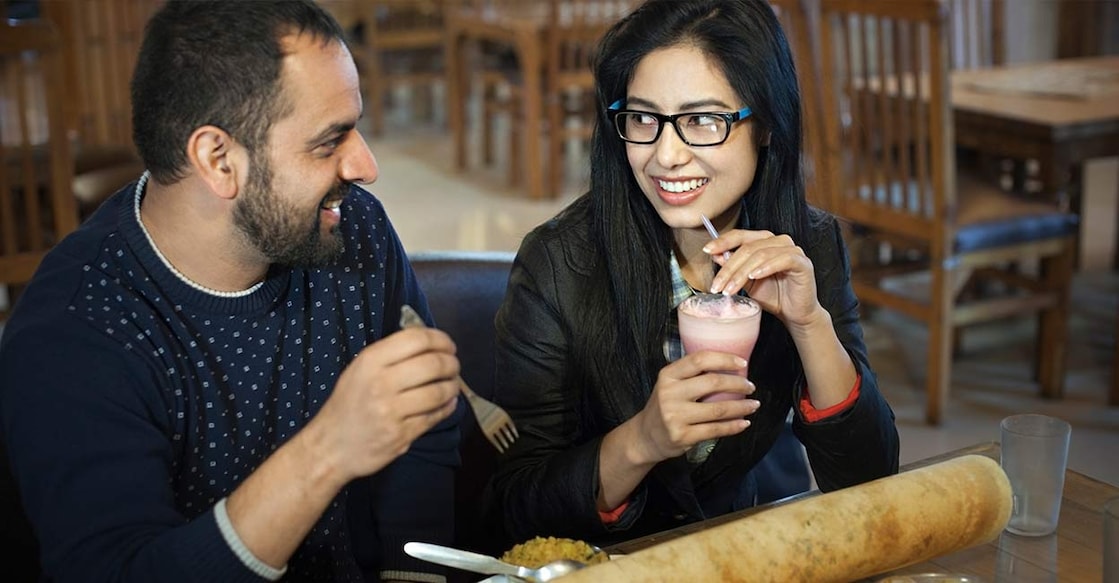Pink water, lime slice and fennel seeds: The quintessential Indian dining experience

Mail This Article
Traditional Indian restaurants offer more than just a meal; they provide a rich cultural experience deeply rooted in tradition. From the moment you sit down, you're likely to encounter several unique elements that are distinct to these eateries, enhancing not only the culinary experience but also the overall dining atmosphere. Among these are a slice of lime in water, sugar-coated fennel seeds, and a glass of warm pink water made with pathimukham.
1. The slice of lime in water: The finger bowl tradition
Upon being seated, you may notice a glass of water with a slice of lime. This practice is part of the finger bowl tradition, which, although originating from Western fine dining, has been embraced in Indian restaurants due to the common practice of eating with hands. The lime slice is used to refresh and cleanse your hands before and after the meal, maintaining a sense of cleanliness and etiquette. The refreshing citrus aroma of lime adds an extra touch of pleasantness to this ritual.
After the main course, you can just dip your hands or fingers into the bowl. Do not splash and do not squeeze lime slice. Just spread the lukewarm citrusy water over your hands to get rid of any remaining oil and food smell after eating.

2. Sugar-coated fennel seeds: A refreshing ending
At the end of your meal, you might be offered a small bowl of sugar-coated fennel seeds, known locally as mukhwas. This colourful mixture is more than just a sweet treat; it plays a dual role as both a mouth freshener and a digestive aid.
Fennel seeds are widely recognized for their ability to soothe the stomach and reduce bloating, making them a fitting conclusion to a hearty Indian meal. The sugar coating adds a pleasant sweetness that leaves your taste buds satisfied.

3. Pink water (pathimukham): A warm, herbal delight
Perhaps one of the most intriguing elements you'll encounter in a South Indian restaurant is a glass of warm pink water. This is no ordinary water – it's infused with pathimukham, the heartwood of the Indian rosewood tree (Caesalpinia sappan). Pathimukham is known for its medicinal properties, particularly in promoting digestion and detoxification.
The warm water, with its subtle pink hue, is a staple in many South Indian homes and restaurants, valued for its ability to balance the body’s doshas (energies) and promote overall well-being. The practice of serving pathimukham water is a testament to the region’s emphasis on health and tradition.
A journey through culture and cuisine
These elements – the lime slice, the sugar-coated fennel seeds, and the pink pathimukham water – are not just about enhancing the meal; they are a window into the cultural practices that define Indian hospitality. Each item serves a purpose, whether it’s aiding digestion, refreshing the palate, or promoting health.

For those unfamiliar with these traditions, they might seem like simple touches. However, they represent a deep-seated respect for the diner’s overall experience, blending health, taste, and tradition in every meal. The next time you find yourself in a traditional Indian restaurant, take a moment to appreciate these small yet significant aspects of your meal – they are as much a part of the experience as the food itself.


